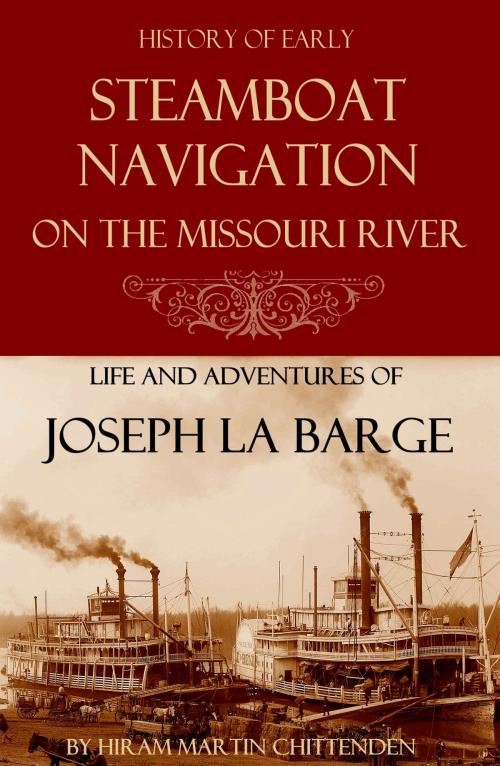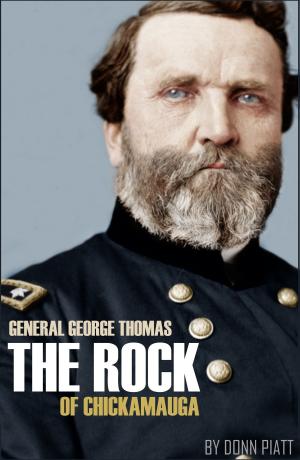Steamboat Navigation on the Missouri River: (Abridged, Annotated)
Business & Finance, Business Reference, Infrastructure, Nonfiction, History, Modern, 19th Century, Americas, United States| Author: | Hiram Martin Chittenden | ISBN: | 1230001448795 |
| Publisher: | BIG BYTE BOOKS | Publication: | November 30, 2016 |
| Imprint: | Language: | English |
| Author: | Hiram Martin Chittenden |
| ISBN: | 1230001448795 |
| Publisher: | BIG BYTE BOOKS |
| Publication: | November 30, 2016 |
| Imprint: | |
| Language: | English |
No less authority than Hiram Chittenden wrote this marvelous history of the early days of one of America's most important waterways. A West Point engineer, namesake of the Hiram Chittenden locks in Seattle, Chittenden was a respected historian of early western America.
There was no railroad system in the United States whose importance to its tributary country was relatively greater than was that of the Missouri River to the trans-Mississippi territory in the first seventy-five years of the nineteenth century.
Through the earliest days of navigation on the great Missouri, through its use in the Civil War, the Indian Wars, Custer's Last Stand, and its eventual demise as a major highway due to the development of the railroads, this history tells of an America that depended on rivers for expansion. Though Grant Marsh captained the steamer Far West, which took the wounded Little Bighorn survivors to Ft. Lincoln, La Barge also saw service as a captain on Custer's Yellowstone Expedition.
The life of Joseph La Barge exemplifies the 19th century life of the river. The author met La Barge shortly before his death and found him to be an extraordinary wealth of information about early steamboat travel, as La Barge had owned and operated boats on the river for many years. He was on the first boat that went to the far upper river, and he made the last through voyage from St. Louis to Fort Benton.
For the first time, this long out-of-print volume is available as an affordable, well-formatted book for e-readers and smartphones.
Be sure to LOOK INSIDE by clicking the cover above or download a sample.
No less authority than Hiram Chittenden wrote this marvelous history of the early days of one of America's most important waterways. A West Point engineer, namesake of the Hiram Chittenden locks in Seattle, Chittenden was a respected historian of early western America.
There was no railroad system in the United States whose importance to its tributary country was relatively greater than was that of the Missouri River to the trans-Mississippi territory in the first seventy-five years of the nineteenth century.
Through the earliest days of navigation on the great Missouri, through its use in the Civil War, the Indian Wars, Custer's Last Stand, and its eventual demise as a major highway due to the development of the railroads, this history tells of an America that depended on rivers for expansion. Though Grant Marsh captained the steamer Far West, which took the wounded Little Bighorn survivors to Ft. Lincoln, La Barge also saw service as a captain on Custer's Yellowstone Expedition.
The life of Joseph La Barge exemplifies the 19th century life of the river. The author met La Barge shortly before his death and found him to be an extraordinary wealth of information about early steamboat travel, as La Barge had owned and operated boats on the river for many years. He was on the first boat that went to the far upper river, and he made the last through voyage from St. Louis to Fort Benton.
For the first time, this long out-of-print volume is available as an affordable, well-formatted book for e-readers and smartphones.
Be sure to LOOK INSIDE by clicking the cover above or download a sample.















